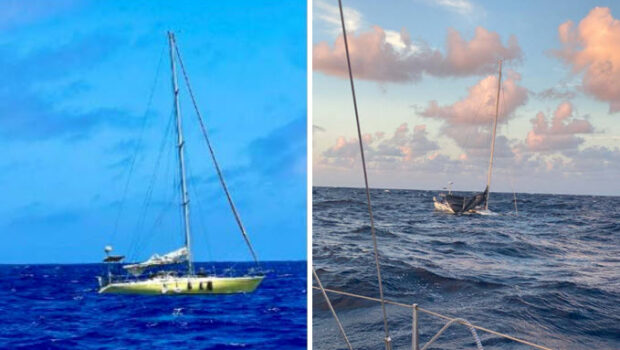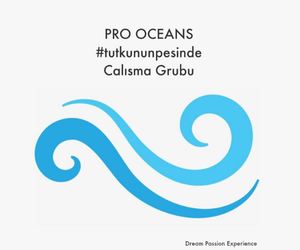The Bermuda Race Organizing Committee (BROC) partnered with US Sailing and the Cruising Club of America has published a detailed investigative report that analyzes the technical and structural factors that contributed to the loss of two offshore yachts during the 2024 Newport Bermuda Race.
Prior reports on the Safety Review of these incidents focused on the abandonments and subsequent rescues.
The latest report was authored by a collaborative team of experts led by James D. Phyfe, III, David Pedrick (President, Pedrick Yacht Design), Harry Dunning (Dunning and Associates, LLC), and J. Michael Keyworth, with support from US Sailing and the Cruising Club of America.
Their findings offer insights into vessel design, maintenance, and offshore safety protocols that seek to inform future preparation for all offshore sailors.
The 2024 Newport Bermuda Race began with 162 starters departing from Fort Adams in Newport, RI. While light conditions marked the start, a persistent southwesterly breeze of 20–35 knots soon developed. A strong southerly-flowing meander in the Gulf Stream, positioned west of the rhumb line, produced steep seas from wind-against-current conditions.
Fourteen vessels retired – seven made port in Bermuda, five returned to the USA, and two were lost: Gunga Din (Sweden Yachts 41) and Alliance (J/122).
“This report reflects our ongoing commitment to transparency, safety, and seamanship,” said Andrew Kallfelz, Race Chair for the 2024 and 2026 Newport Bermuda Races. “By examining the complex circumstances surrounding the loss of these two yachts, we hope to share meaningful lessons with the offshore sailing community.”
The report concludes that the sinking of Gunga Din may have been avoided had certain prior modifications to the vessel been better documented, inspected, and understood by all parties involved. No single party was solely responsible; instead, the sinking resulted from a convergence of factors.
“Responsibility for a vessel’s structural integrity is shared among owners, builders, designers, and surveyors—especially following significant or even seemingly minor alterations or incidents,” said James Phyfe, lead of the review committee.
The sinking of Alliance was traced to a catastrophic structural failure in the upper rudder bearing area. This investigation could not definitively determine whether Alliance struck a submerged object but their calculations—supported by J/Boats—indicate that external forces may have contributed. However, regardless of impact, the structural failure at the rudder bearing proved fatal to the hull’s integrity.
The report recommends that owners and inspectors of offshore-capable racing vessels closely review rudder bearing installations to ensure adequate support and integration with surrounding structures.
For 2026, Newport Bermuda Race will be adding a keel and rudder inspection requirement to the Safety Requirements similar to the one now as part of the World and US Sailing Safety Equipment Requirements. Those will be released next month.
To read the report, click here.
SCUTTLEBUTT News Link !
DemirHindiSG 15 Mayıs 2025-16:39





